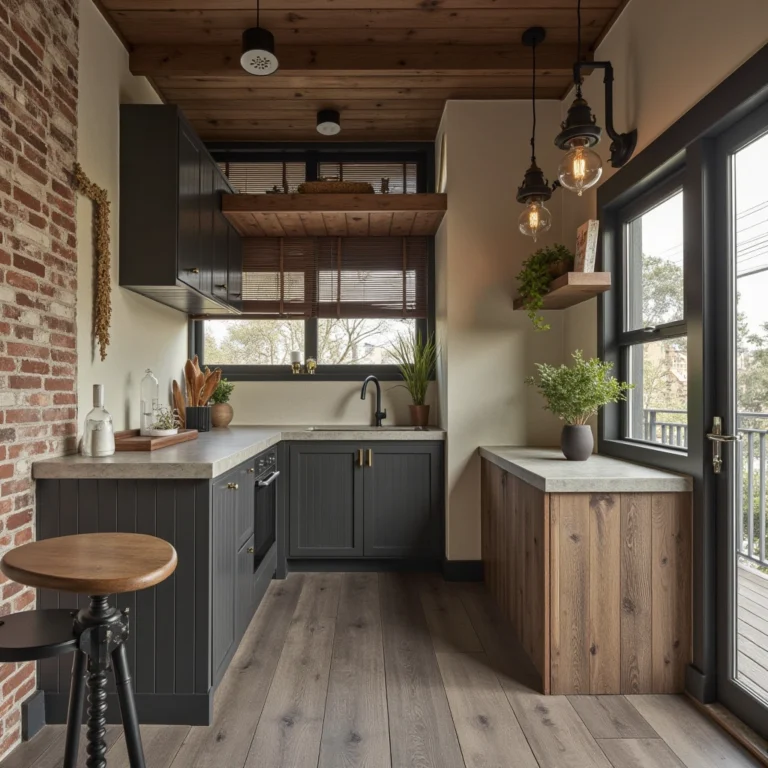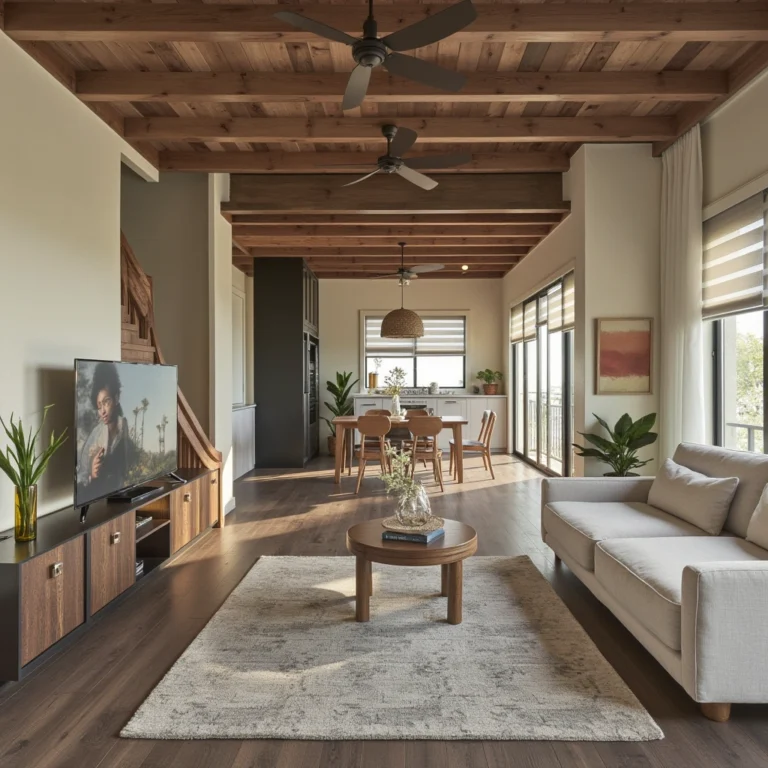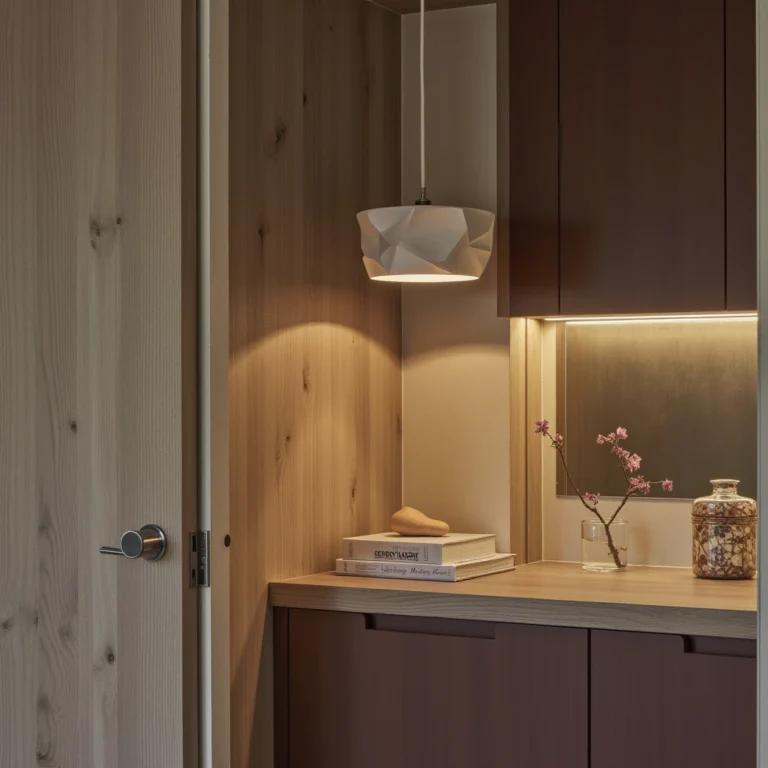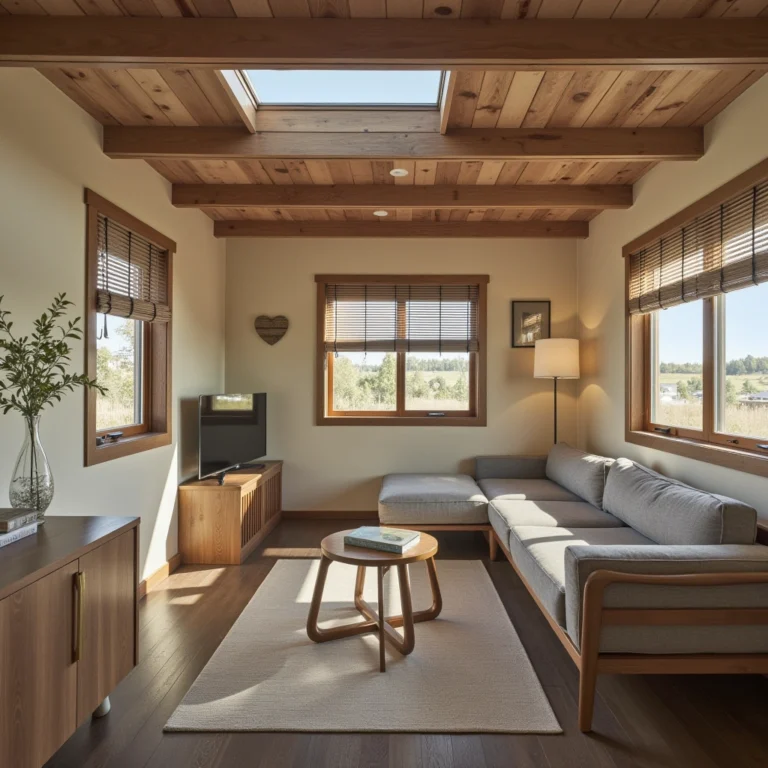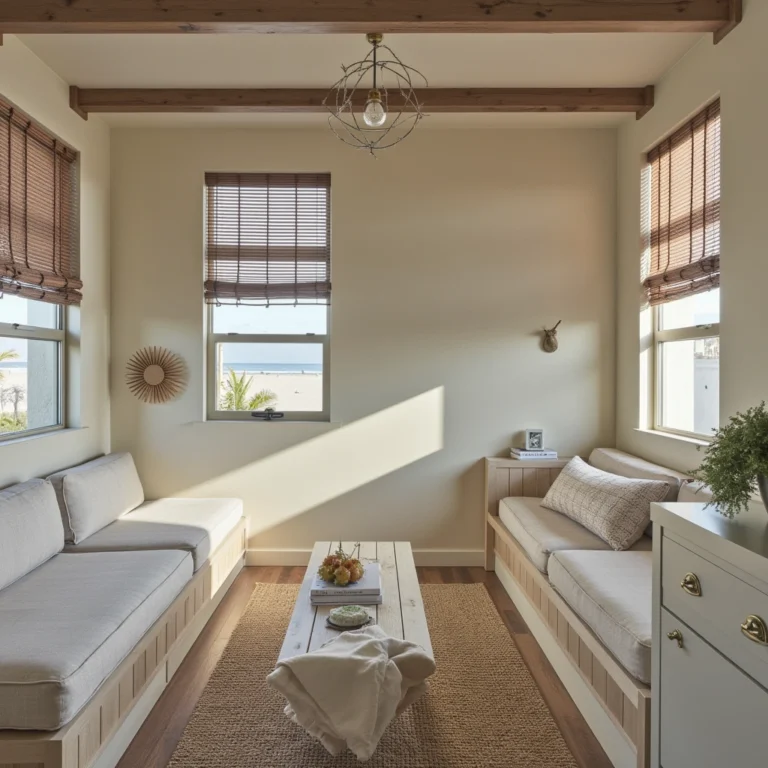16 How To Start A Minimalist Lifestyle: A Comprehensive Guide
Embarking on a minimalist lifestyle can be a transformative journey, and we’re here to guide you every step of the way. With our expert insights and practical tips, you’ll be well-equipped to embrace this rewarding path.
So, how do you start a minimalist lifestyle? A minimalist lifestyle involves simplifying your life by reducing material possessions, decluttering your space, and focusing on experiences over things. It’s about living with less but experiencing more. By prioritizing what truly matters, you can create a life that is less stressed, more organized, and ultimately more fulfilling.
Ready to dive in? Let’s explore the nuances of minimalism, from decluttering tips to mindset shifts, and discover how this lifestyle can bring peace and clarity to your daily routine.
Understanding Minimalism
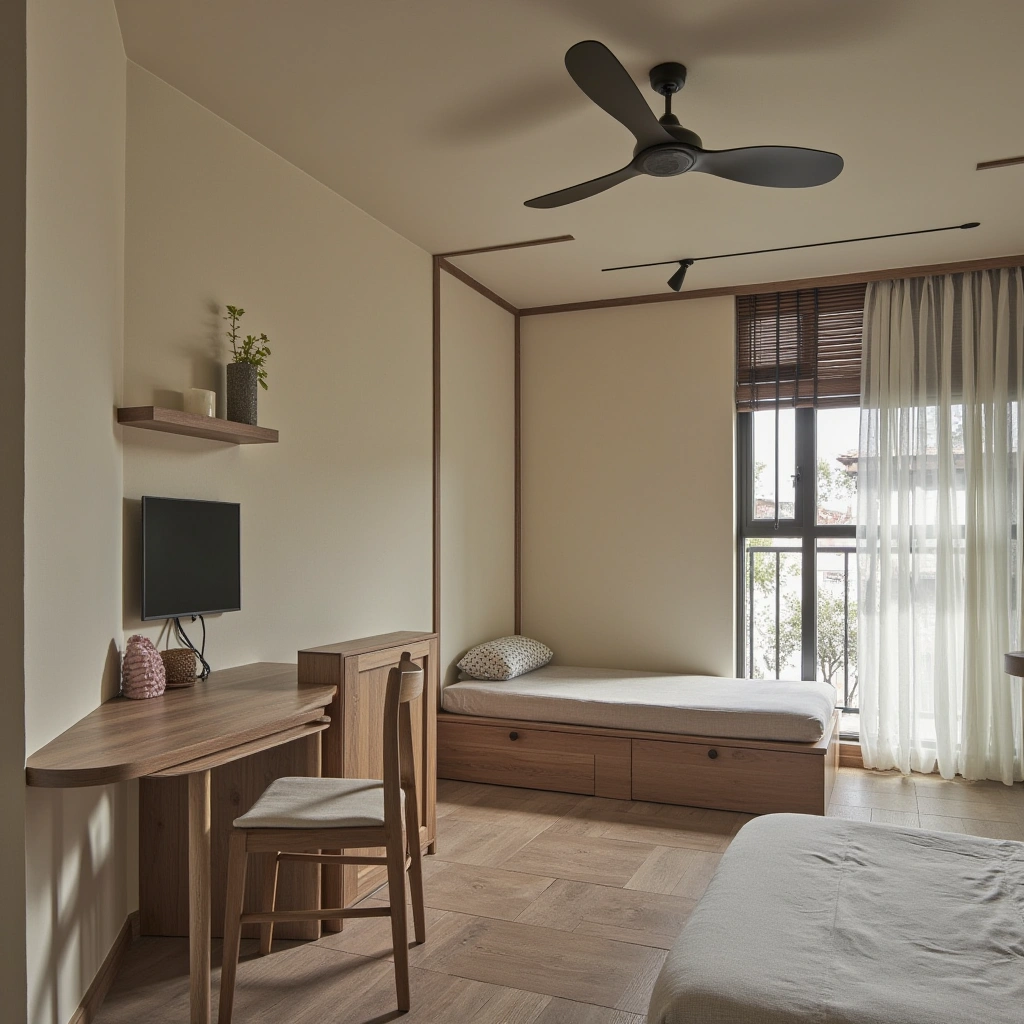
Minimalism is more than just a trend; it’s a philosophy that encourages living with less to gain more freedom, clarity, and happiness. It’s about stripping away the excess to focus on what truly matters. Whether you’re looking to declutter your home, simplify your wardrobe, or streamline your daily routine, minimalism offers a path to a more intentional and fulfilling life.
1. Assess Your Current Lifestyle
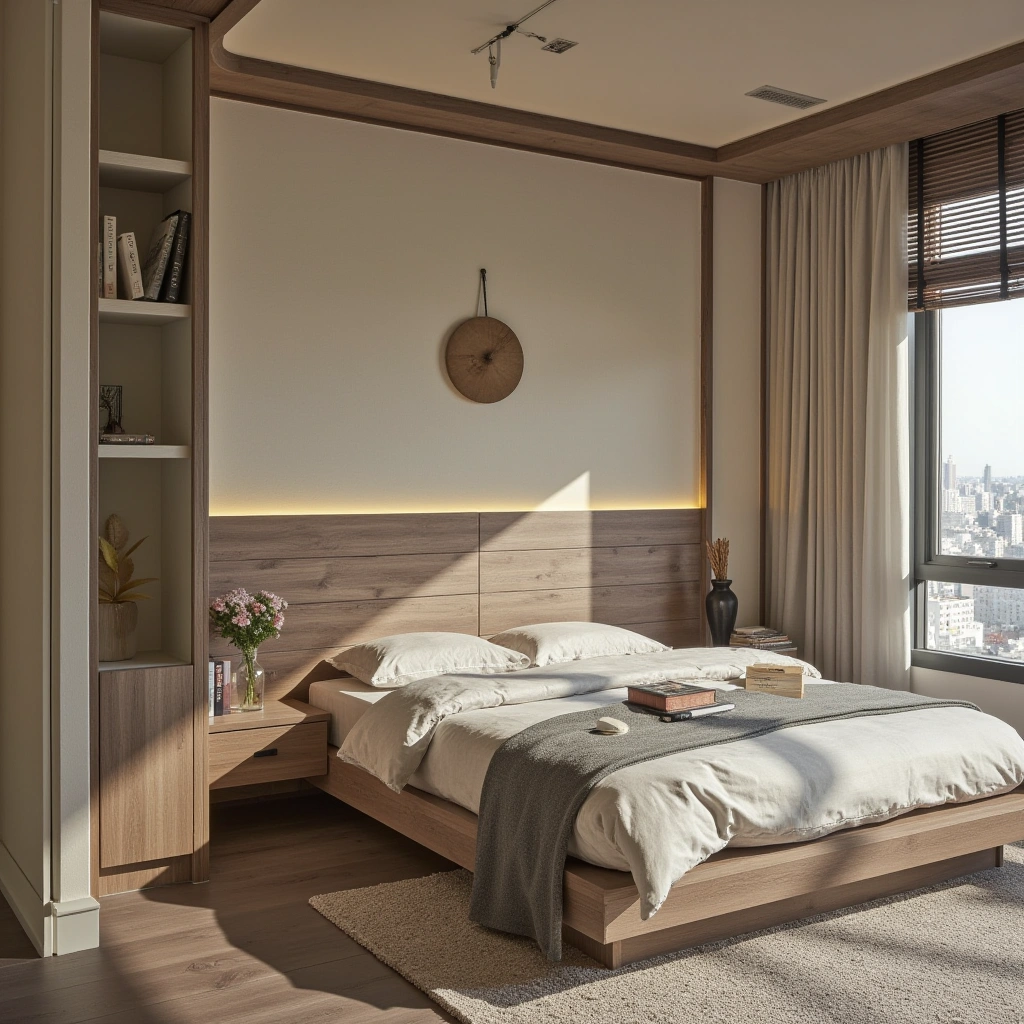
Before you start a minimalist lifestyle, it’s crucial to assess your current situation. Take a look around your home and consider what items you genuinely need and use regularly. Ask yourself: “Does this item add value to my life?” If the answer is no, it might be time to let it go.
Practical Tip: Create a list of all your possessions and categorize them into “essential,” “useful,” and “non-essential.” This exercise will help you identify areas where you can start decluttering.
2. Set Clear Goals
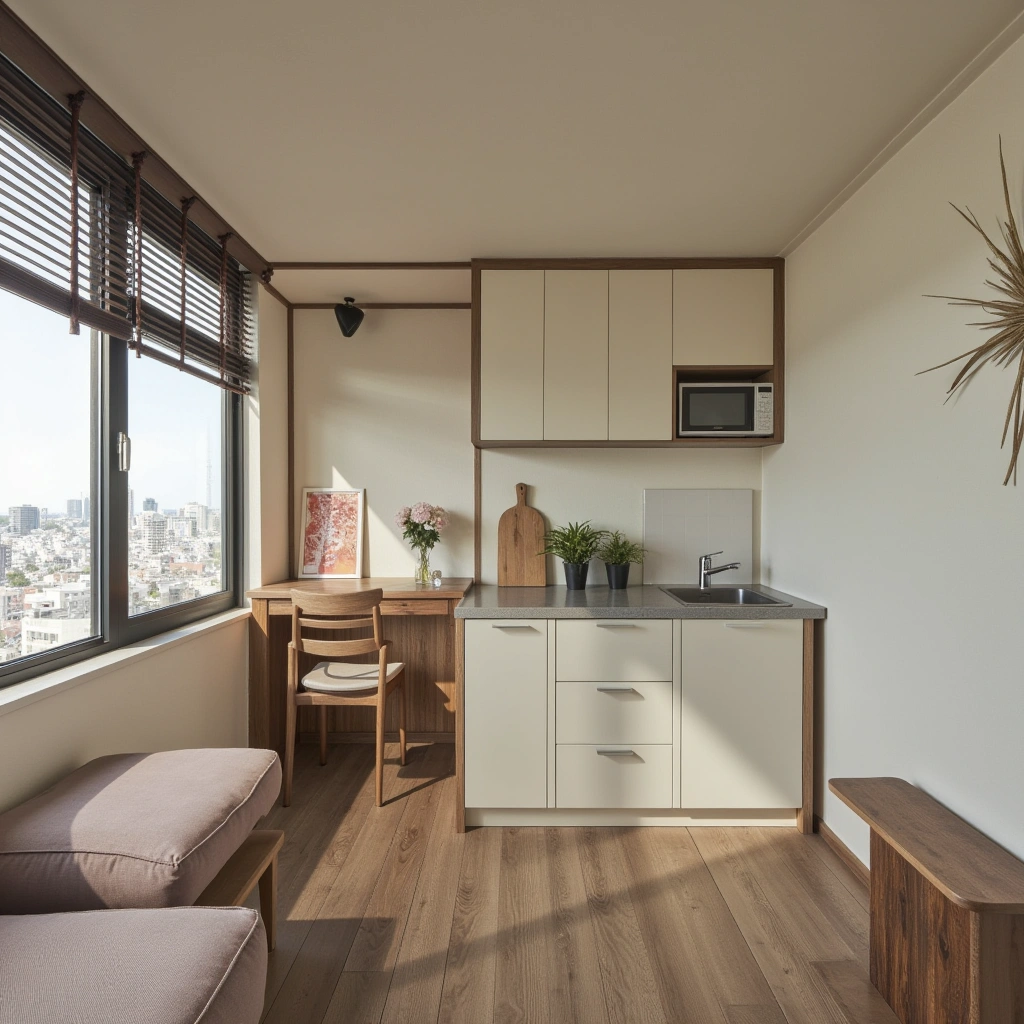
Setting clear goals is essential when starting a minimalist lifestyle. Define what minimalism means to you and what you hope to achieve. Whether it’s reducing stress, saving money, or gaining more time for hobbies, having clear goals will keep you motivated.
Practical Tip: Write down your goals and place them somewhere visible, like on your fridge or bathroom mirror. This constant reminder will help you stay focused.
3. Declutter Room by Room
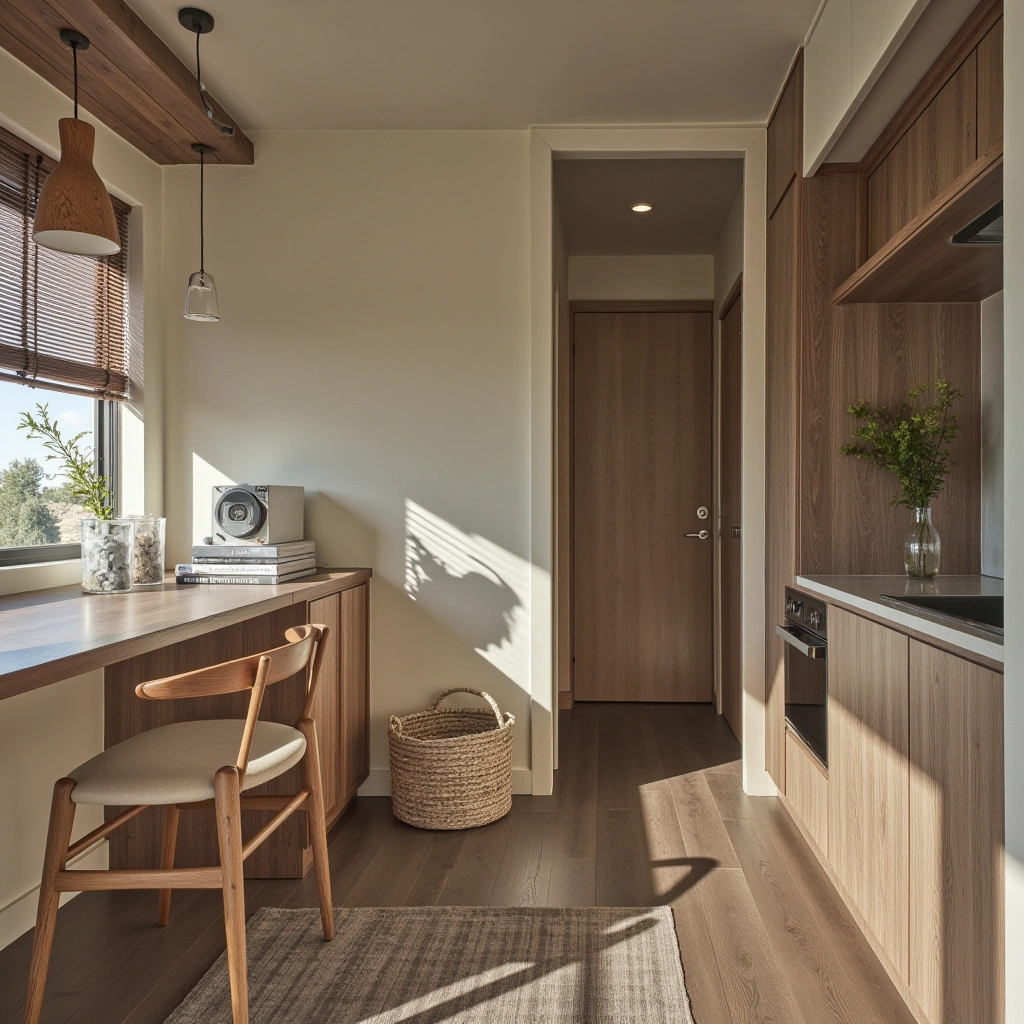
Decluttering can be overwhelming, so tackle it room by room. Start with the easiest space, like a closet or a small room, and gradually move to larger areas. This approach makes the process more manageable and less daunting.
Practical Tip: Use the “one in, one out” rule. For every new item you bring into your home, remove one old item. This helps maintain a clutter-free environment.
4. Use the 90/90 Rule

The 90/90 rule is a popular minimalist technique. If you haven’t used an item in the last 90 days and aren’t likely to use it in the next 90 days, it’s time to let it go. This rule helps you identify and eliminate items that are taking up space without adding value.
Practical Tip: Create a “maybe box” for items you’re unsure about. Store them away for a set period, like three months. If you haven’t needed them by then, you can safely donate or discard them.
5. Simplify Your Wardrobe

A minimalist wardrobe can save you time and reduce decision fatigue. Start by removing items you haven’t worn in the past year. Aim for a capsule wardrobe with versatile pieces that can be mixed and matched.
Practical Tip: Choose a color palette for your wardrobe. Sticking to a few colors makes it easier to create outfits and ensures that everything coordinates well.
6. Digital Decluttering
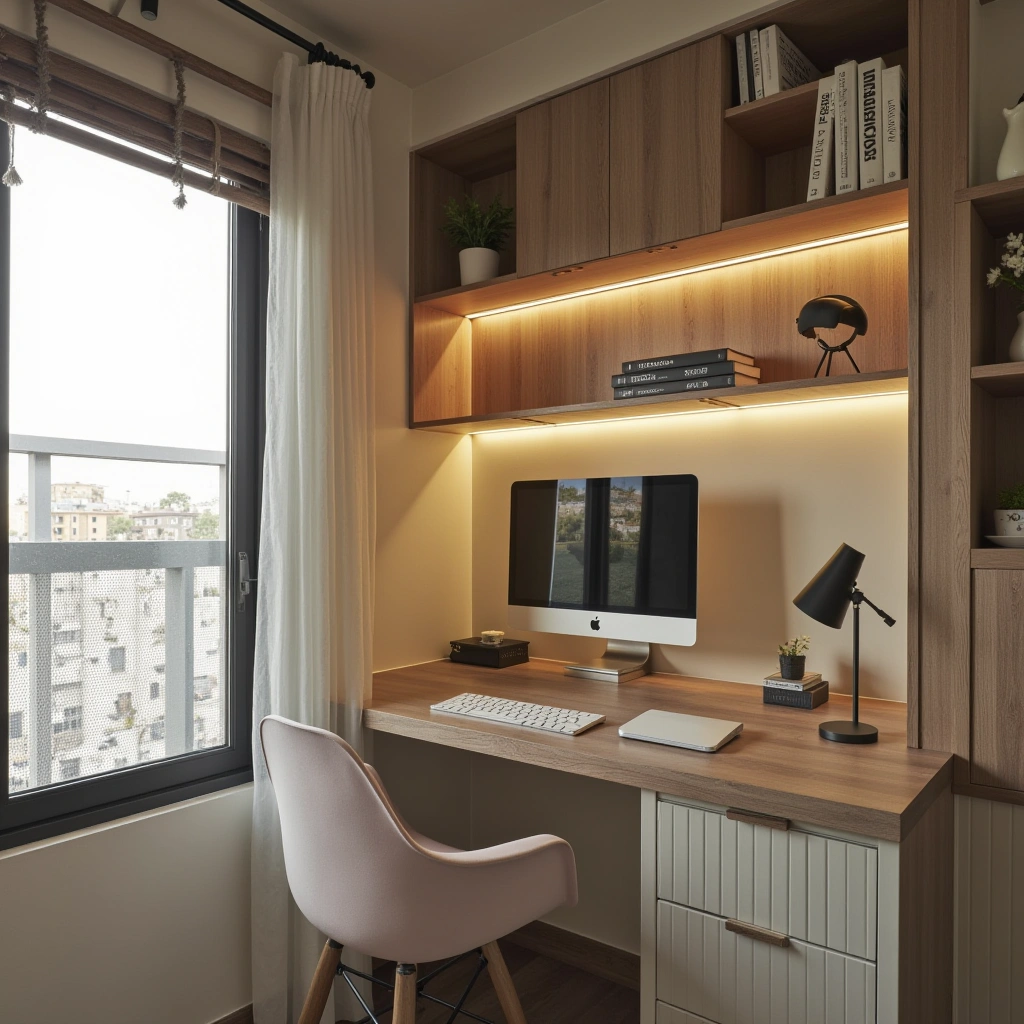
Minimalism isn’t just about physical clutter; it also extends to digital clutter. Clean up your email inbox, organize your computer files, and limit your social media use. A decluttered digital life can reduce stress and improve productivity.
Practical Tip: Unsubscribe from unnecessary emails and newsletters. Use folders and labels to keep your inbox organized.
7. Minimalist Decorating
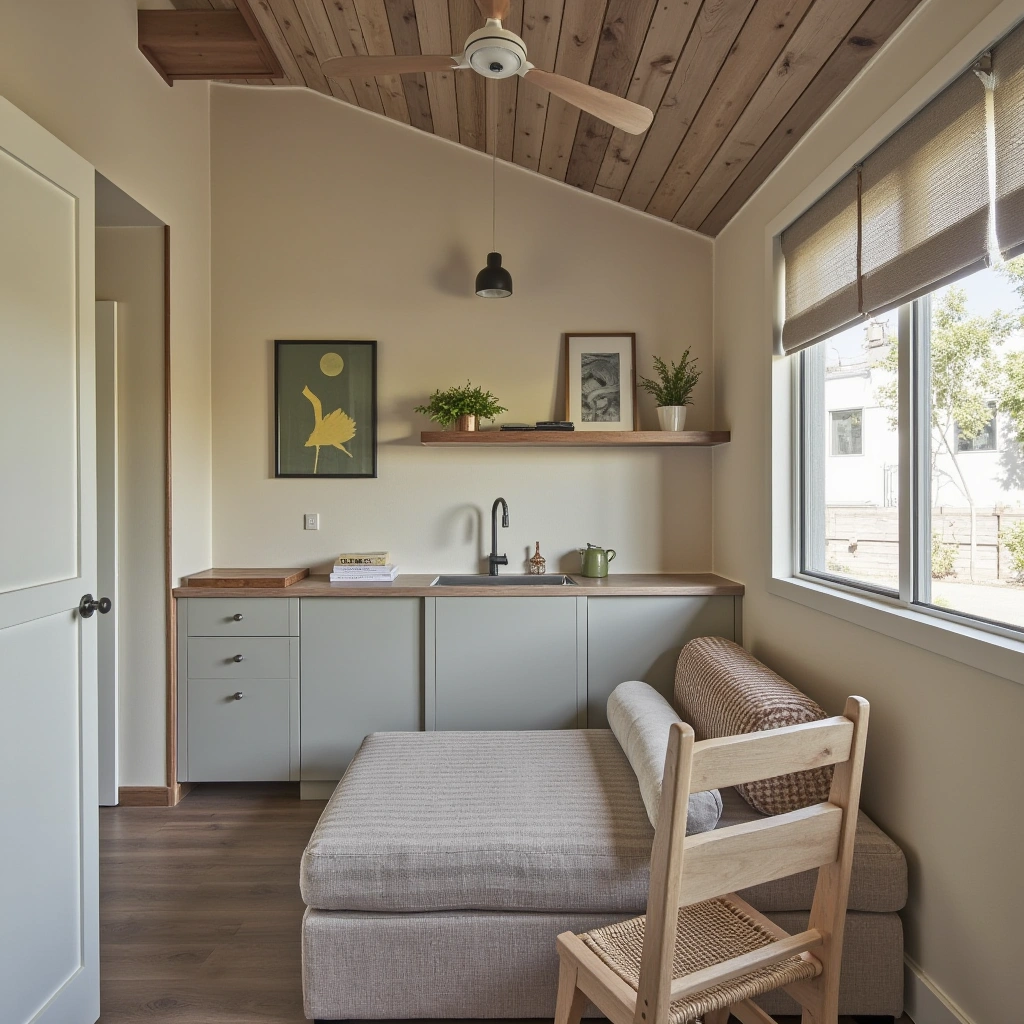
When it comes to decorating, less is more. Opt for simple, functional furniture and a neutral color palette. Add a few personal touches, like family photos or artwork, to make your space feel cozy and inviting.
Practical Tip: Invest in multi-functional furniture pieces that serve dual purposes, like a coffee table with storage or a sofa bed.
8. Practice Mindful Consumption
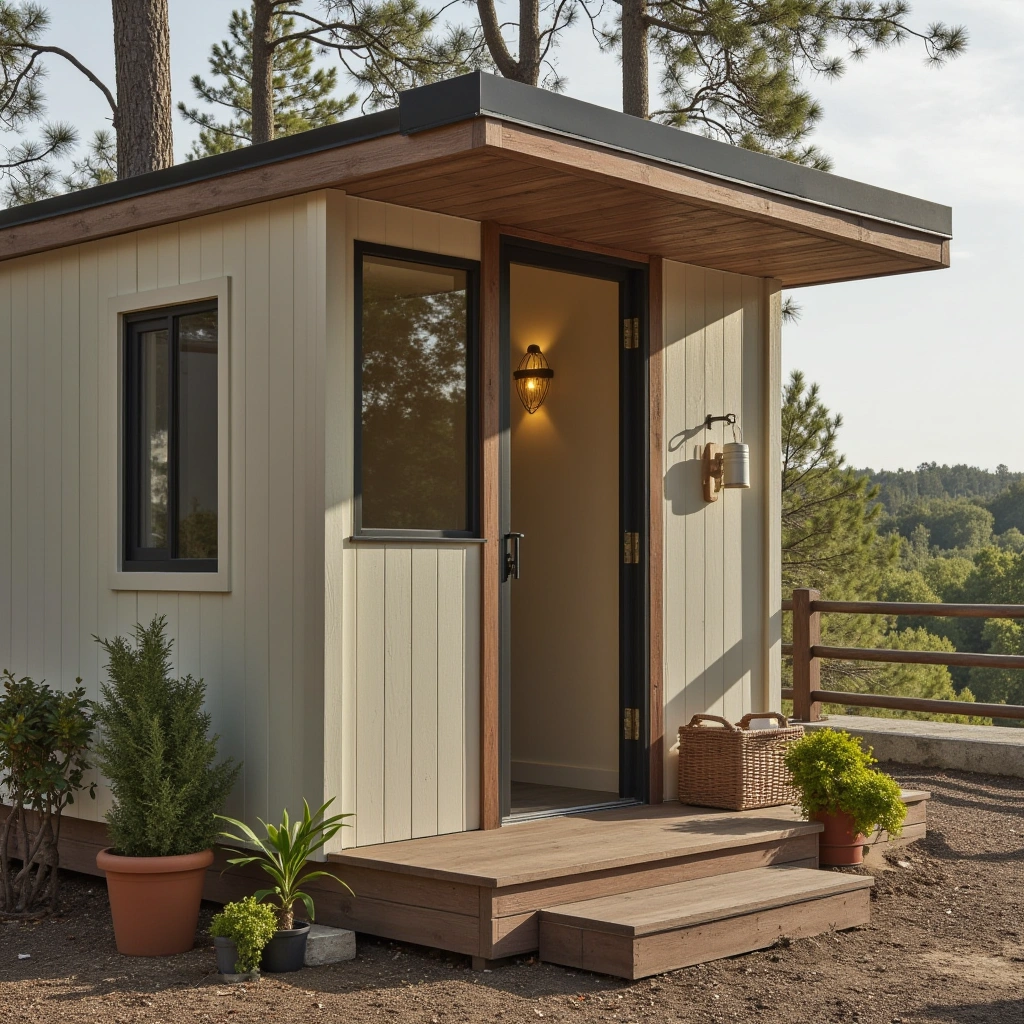
Mindful consumption is about being intentional with your purchases. Before buying something, ask yourself if you truly need it and if it will add value to your life. This mindset helps you avoid impulse buys and reduces waste.
Practical Tip: Implement a “waiting period” before making a purchase. Give yourself a few days to consider if you really need the item. Often, the urge to buy will pass.
9. Embrace a Minimalist Kitchen

A minimalist kitchen is efficient and easy to maintain. Start by decluttering your countertops and cabinets. Keep only the essentials and invest in multi-purpose kitchen tools.
Practical Tip: Use clear containers to store food and organize your pantry. This makes it easier to see what you have and reduces the likelihood of buying duplicates.
10. Simplify Your Daily Routine
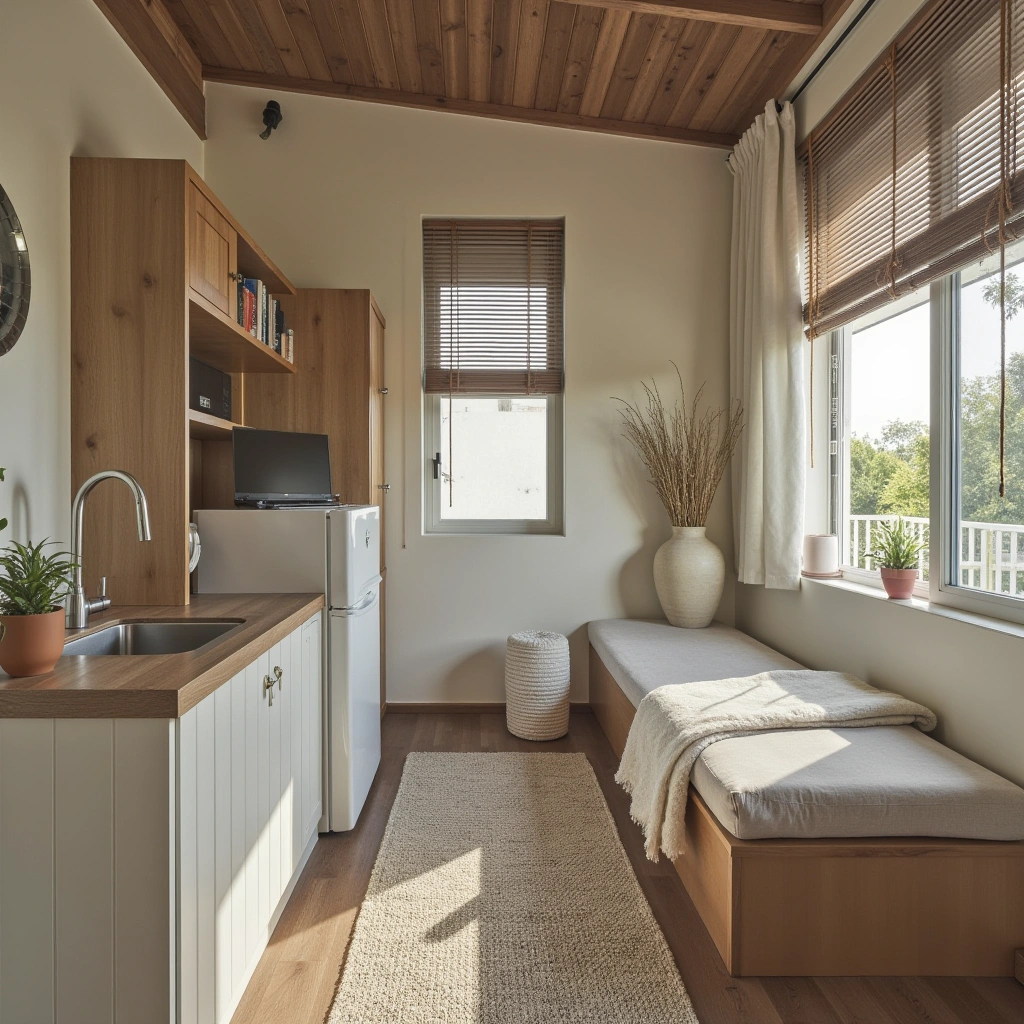
A simplified daily routine can reduce stress and increase productivity. Identify tasks that can be streamlined or eliminated. Focus on prioritizing what’s truly important and letting go of the rest.
Practical Tip: Create a morning and evening routine that includes only the essential tasks. This helps you start and end your day on a positive note.
11. Minimalist Finances
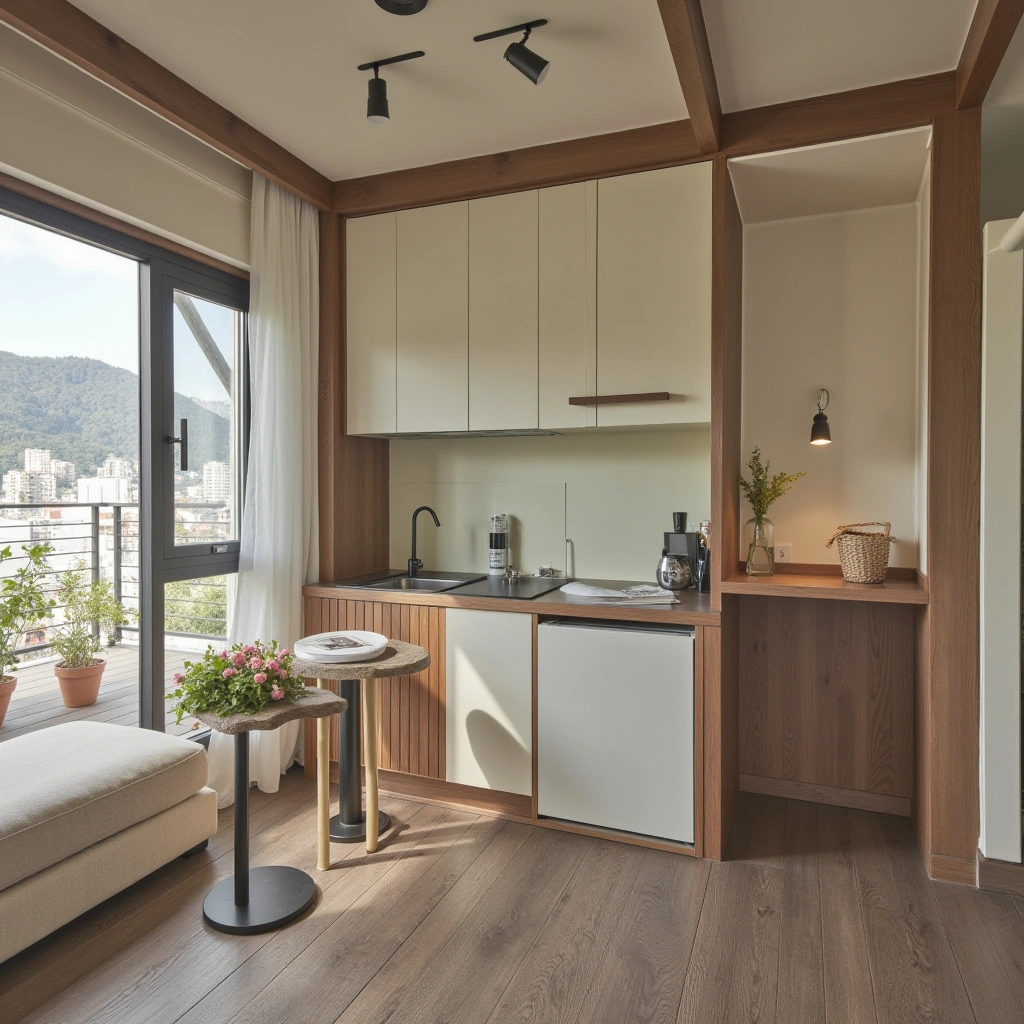
Adopting a minimalist approach to finances can help you save money and reduce financial stress. Start by creating a budget and sticking to it. Prioritize saving and investing over unnecessary spending.
Practical Tip: Automate your savings and bill payments to ensure you stay on track with your financial goals.
12. Cultivate a Minimalist Mindset
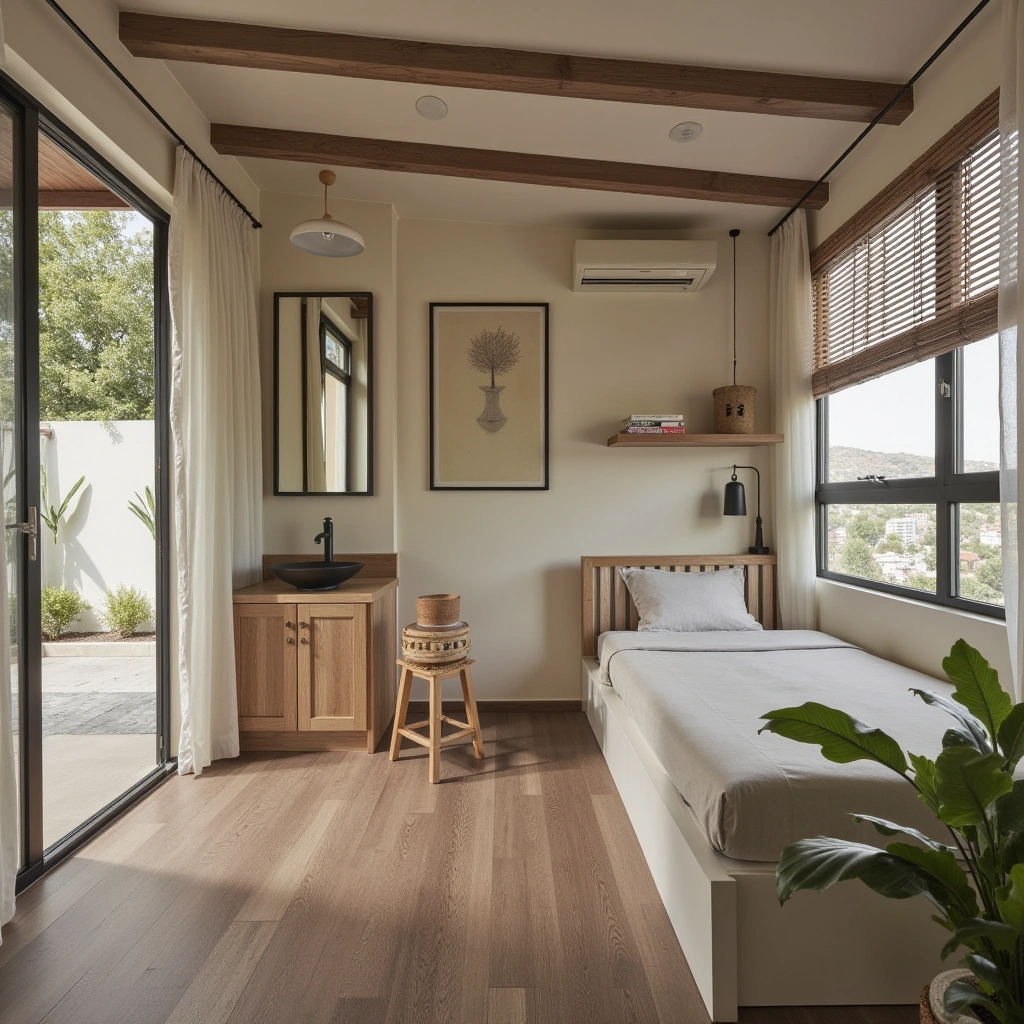
A minimalist mindset is about focusing on experiences over possessions. Spend your time and money on activities that bring you joy and fulfillment, rather than accumulating more stuff.
Practical Tip: Make a list of experiences you want to have, like traveling, learning a new skill, or spending quality time with loved ones. Prioritize these experiences in your life.
13. Involve Your Family
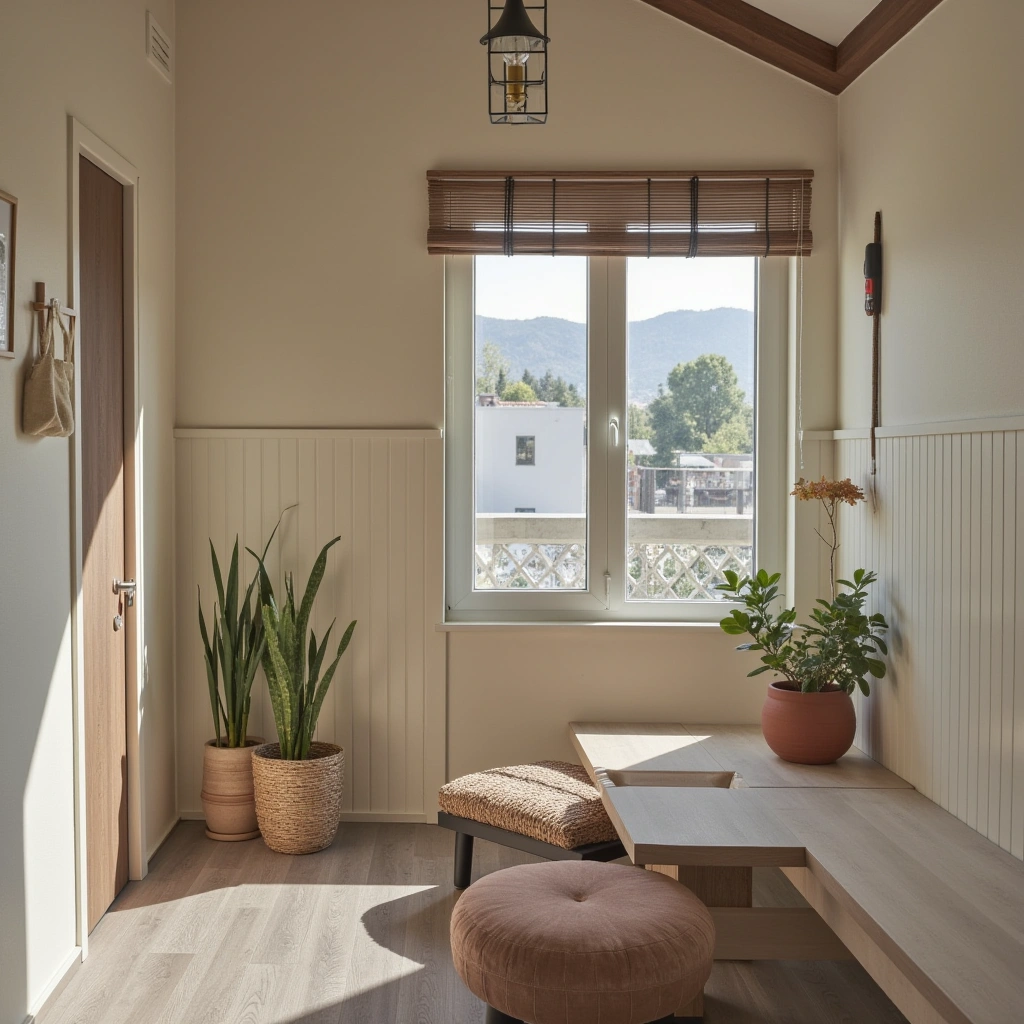
If you live with others, involving your family in the minimalist journey is crucial. Explain the benefits of minimalism and encourage everyone to participate in decluttering and simplifying.
Practical Tip: Have regular family meetings to discuss progress and challenges. Celebrate small victories together to keep everyone motivated.
14. Practice Gratitude
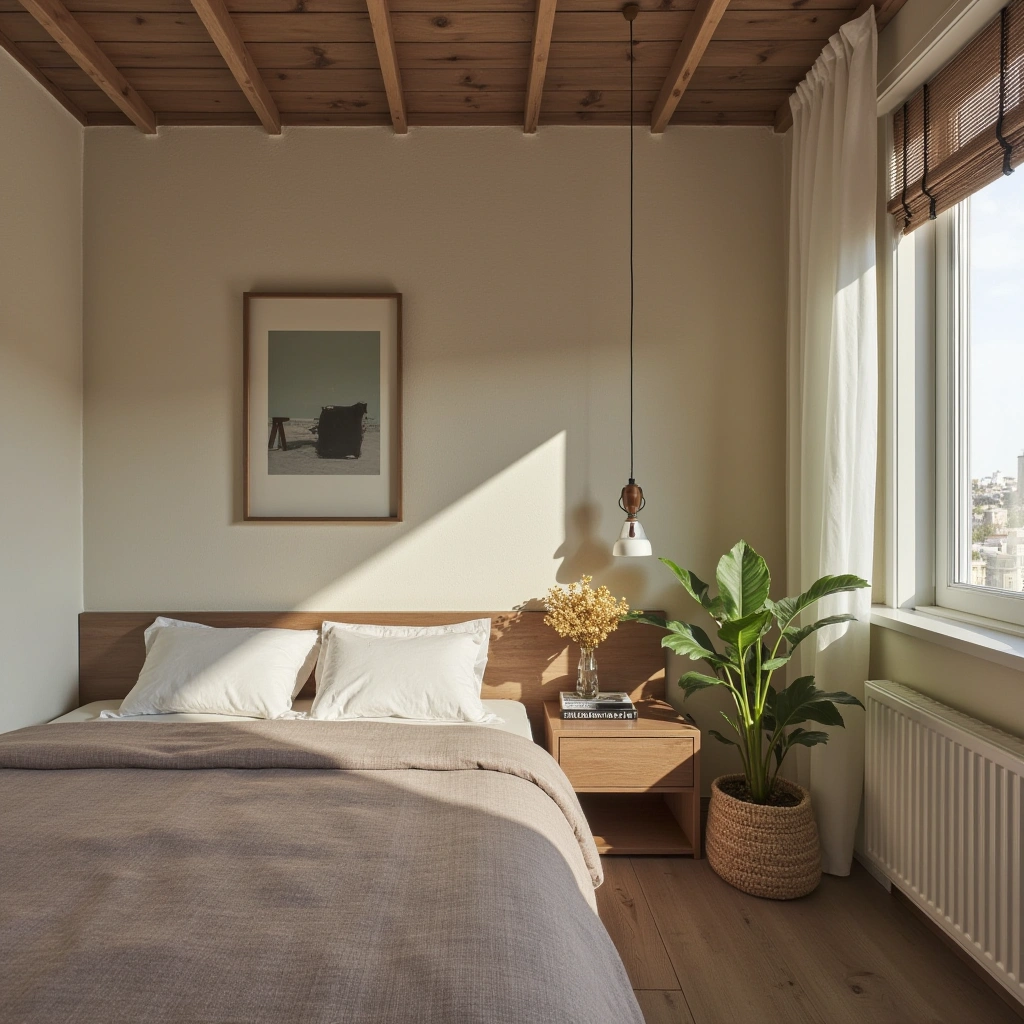
Practicing gratitude can enhance your minimalist journey. Take time each day to reflect on what you’re grateful for. This mindset shift can help you appreciate what you have and reduce the desire for more.
Practical Tip: Keep a gratitude journal and write down three things you’re grateful for each day. This simple practice can have a profound impact on your well-being.
15. Create a Minimalist Home Office
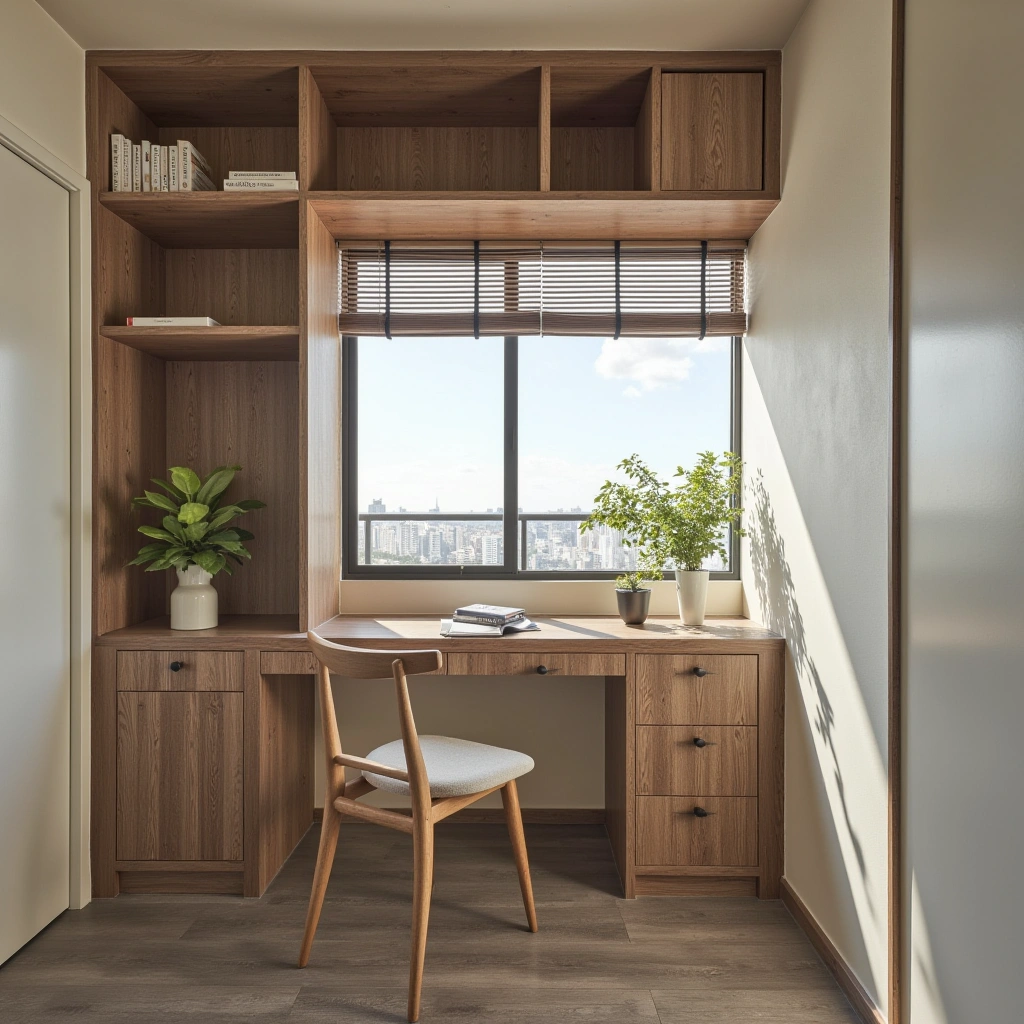
A minimalist home office can boost productivity and reduce distractions. Start by decluttering your workspace and keeping only the essentials. Opt for a simple, functional desk and comfortable chair.
Practical Tip: Use cable organizers to keep your desk tidy and reduce clutter. Invest in storage solutions like filing cabinets or wall shelves to keep documents and supplies organized.
16. Embrace Slow Living
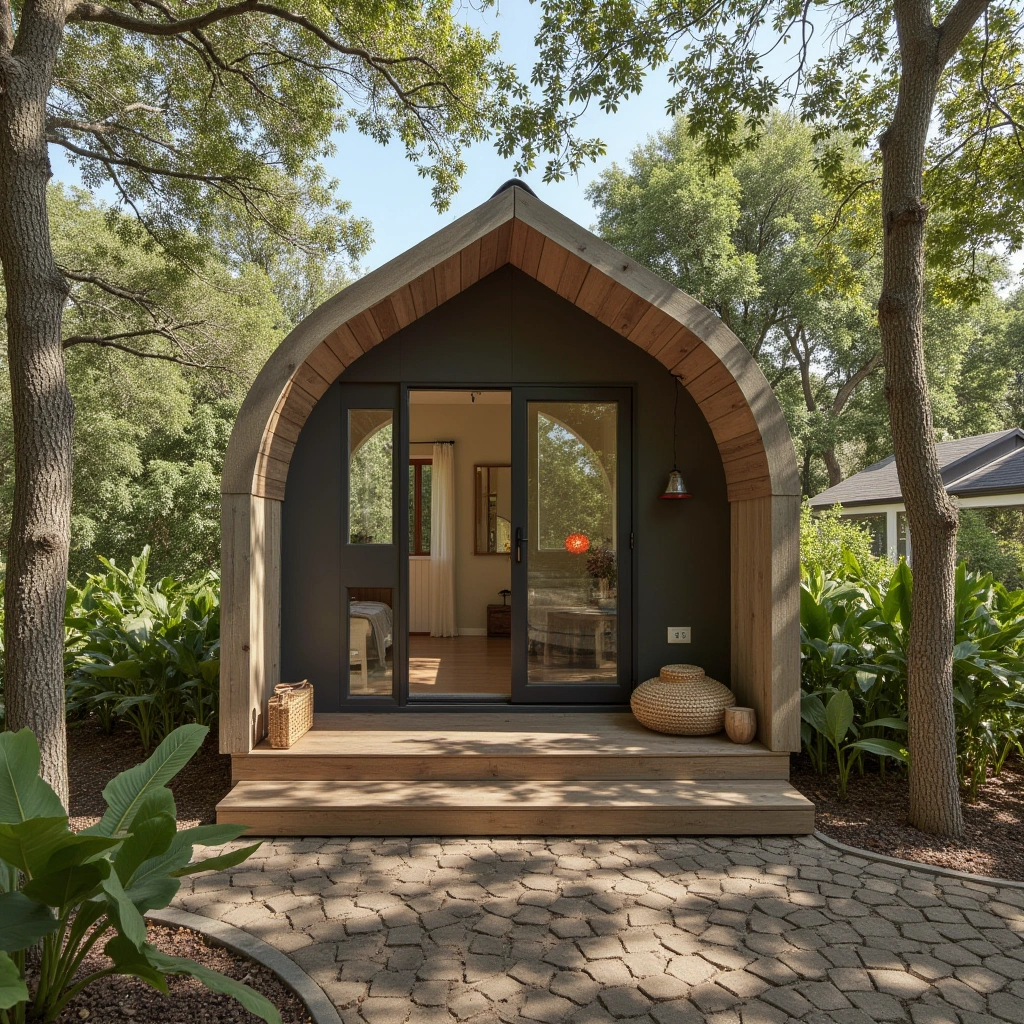
Slow living is about savoring the present moment and avoiding the rush of modern life. Take time to enjoy simple pleasures, like a good book, a walk in nature, or a home-cooked meal.
Practical Tip: Schedule regular “slow days” where you disconnect from technology and focus on relaxing activities. This can help you recharge and appreciate the simple things in life.
Starting a minimalist lifestyle is a journey of self-discovery and growth. By simplifying your life, you can reduce stress, save money, and gain more time for what truly matters. Embrace the process, and remember that every small step counts.
A minimalist lifestyle is about more than just decluttering; it’s about creating a life that is intentional, meaningful, and fulfilling. By focusing on what truly matters, you can transform your home and your life. So, are you ready to start a minimalist lifestyle and experience the freedom and clarity it brings?


